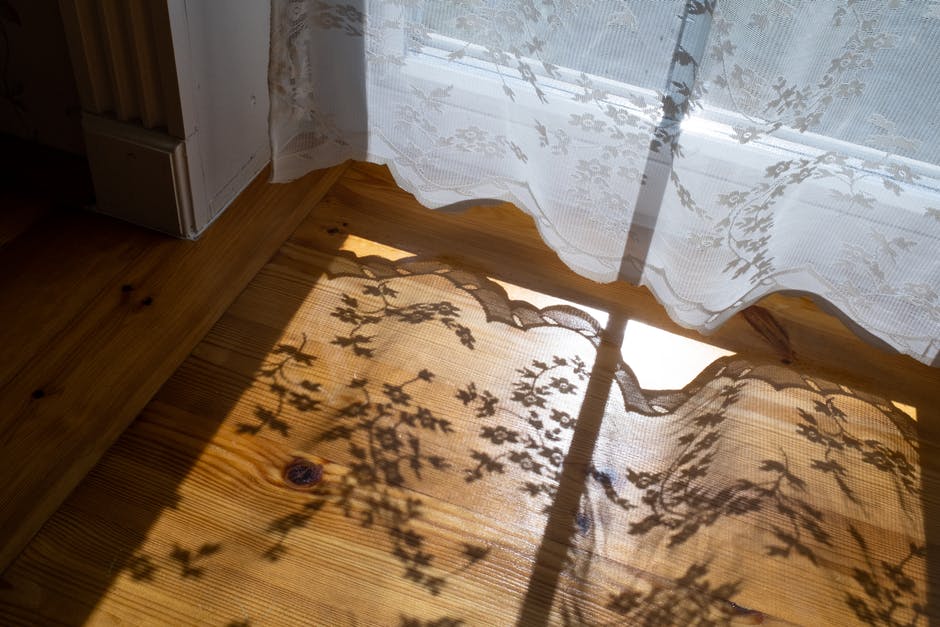Do you ever surf the web, stumble across a site and find yourself jealous of the layout? From graphic design to layout, there are lots of elements that turn a site from okay to awesome. In this article, you will learn all the tricks and tips that the pros already use. Continue to read to get the best tips!
It is very important that you double-check your website for broken links before you publish the pages. When a visitor clicks on one, they’ll be frustrated. You can either check links manually, or use a program that will scan the website for you to report links that are broken.
You should always take time to removed old, irrelevant content. Failing to update your page with current information and upcoming events will cost you in terms of site visitors. If your website looks neglected and disused, your potential customers will surely take their business elsewhere. Make sure you regularly schedule time to add new content, and to remove old.
Pop-ups should not be used on your site. Few things are worse than being overloaded with pop-ups. Even large, popular websites can lose visitors by mistakenly employing pop-up ads. You can prevent visitor frustration, and improve your reputation, by avoiding pop-up advertisements entirely. Any host which requires you to have pop-up ads is a host you don’t want to use!
No matter the audience you seek to target or the focus of your site, it is important to focus on load times that are under ten seconds. A well designed website will show up on a browser within moments. Many online users want instant gratification, so you should provide that.
Resist any temptation to use pop-up windows when you design your website. Although they may serve some function for your site, the average reader views them as a major irritant. It’s likely that many of your visitors can’t even see them due to browser settings, so keep them happy and stick to one window at a time.
While creating your website, you should not feel forced to have your website occupy the entire available space. Making use of all the pixels and space makes the site look cluttered and feel overwhelming. Give your users a break by allowing space between different elements on each page. There are many cases in which empty space is actually more valuable than other content.
Some hosting services offer a tool to build your own website. Use this tool to create a very basic layout but do most of the coding yourself. Make your site as personal as possible by tweaking or adding more features to the generic website you can create via the tools offered by your hosting service.
Build a microsite at first, as this will help you get an overall impression of your current strengths and weaknesses as a web designer. Try starting with a couple basic pages that just have text in order to see how you do.
Know what you are getting for your money when selecting a hosting service. You need to know about disk space, CPU usage, bandwidth, and other areas that are included in the package. Have an idea what is being offered.
You may want to purchase a few books that can aid in teaching the ins and outs of becoming a top-notch web designer. Start out with selections that cover the basics, and add to your collection as you become more knowledgeable.
A basic layout should be used for your site in the beginning, this way you can get an understanding of the basics of web design. Starting out simple and then building your skills into tackling more complex designs is a good strategy as you improve.
Include a search form on your home webpage, as well as on all your other pages. You make your site much easier to use and more accessible all in one shot with this search offering. This feature can be included with ease, and is a worthy addition to any site.
Now that you are armed with knowledge, you can start creating your own websites. Gather a folder or list of all of the designs that you love and blend them to create your own unique design. The sky is the limit, so enjoy yourself!


Recent Comments